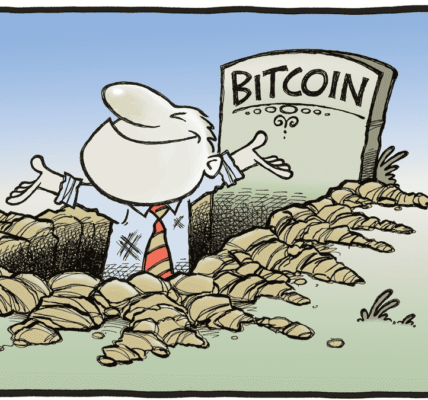
The ongoing evolution of the financial landscape has brought forth a fascinating comparison between traditional fiat currencies, such as the US Dollar, and their digital counterparts represented by cryptocurrencies. This article explores the key dynamics, advantages, and challenges inherent in the comparison of crypto and the US Dollar, shedding light on the coexistence and potential future scenarios of these two financial realms.
Traditional Strengths of the US Dollar:
- Global Reserve Currency:
- The US Dollar holds the status of the world’s primary reserve currency, facilitating international trade and serving as a benchmark for commodity prices.
- Stability and Trust:
- The stability and trust associated with the US Dollar have made it a preferred store of value for individuals, businesses, and governments worldwide.
- Government Backing:
- Fiat currencies like the US Dollar are backed by governments, instilling confidence in their stability and acceptance for everyday transactions.
Advantages of Cryptocurrencies:
- Decentralization:
- Cryptocurrencies operate on decentralized blockchain technology, reducing reliance on central authorities and offering a level of financial inclusivity.
- Borderless Transactions:
- Cryptocurrencies facilitate borderless transactions, enabling individuals to transfer funds across the globe without the need for traditional banking intermediaries.
- Financial Inclusion:
- Cryptocurrencies have the potential to provide financial services to individuals without access to traditional banking, promoting greater financial inclusion.
Challenges and Considerations:
- Volatility:
- Cryptocurrencies, notably Bitcoin, are characterized by price volatility, posing challenges for those seeking stability in their financial assets.
- Regulatory Uncertainty:
- The regulatory landscape for cryptocurrencies is evolving, and uncertainty regarding regulations can impact market sentiment and mainstream adoption.
- Infrastructure and Adoption:
- While cryptocurrencies offer technological advantages, their widespread adoption is contingent on robust infrastructure development and overcoming barriers to entry.
Coexistence and Synergy:
The relationship between crypto and the US Dollar need not be one of competition; instead, it can be characterized by coexistence and synergy. Cryptocurrencies can complement traditional currencies by providing:
- Efficient Cross-Border Transactions:
- Cryptocurrencies can enhance the efficiency of cross-border transactions, offering a faster and potentially more cost-effective alternative to traditional international money transfers.
- Diversification Opportunities:
- Investors may use cryptocurrencies as a diversification tool, adding a new asset class to their portfolios alongside traditional investments.
- Innovation in Financial Systems:
- The advent of blockchain and cryptocurrencies is fostering innovation in traditional financial systems, leading to the development of decentralized finance (DeFi) and novel financial instruments.
Conclusion:
The comparison between cryptocurrencies and the US Dollar is not a binary choice but a nuanced exploration of the strengths, challenges, and potential synergies between these financial realms. As both continue to evolve, the financial landscape stands to benefit from the coexistence of traditional and digital currencies, offering individuals and businesses a diverse array of financial tools and options. The future will likely witness a dynamic interplay between the stability of fiat currencies and the innovation introduced by cryptocurrencies, shaping a financial ecosystem that combines the best of both worlds.


